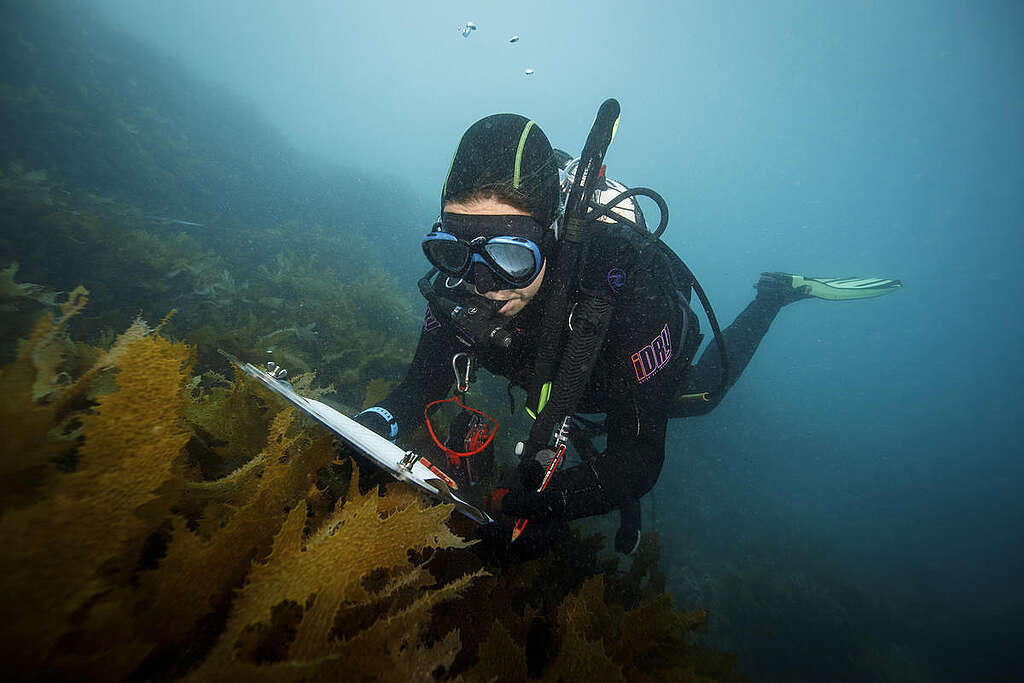Research and Reports
Dig deeper into the issues with Greenpeace research. Our fact sheets and reports provide expert analysis and investigations.


Dig deeper into the issues with Greenpeace research. Our fact sheets and reports provide expert analysis and investigations.

Please select which cookies you are willing to store.
These cookies will provide you a better experience of our website and help us to improve the performance of Greenpeace.org. You will be able to hide the cookies acceptance banner and use the website features better. We will also use these cookies to collect statistical and anonymised data such as how long users stay on a page or which links are clicked.
In addition to the cookies and technologies described above, we also use other services that will help us to enhance your experience on this website. We also may permit certain third party companies (e.g. Facebook, Google) cookies to help us understand more about our users specific behavior, demographic, and interest data. Those cookies help us to understand how visitors interact with our website (e.g. pages visited) in order to improve visitors experience, operation effectiveness of this platform and our communication strategies.